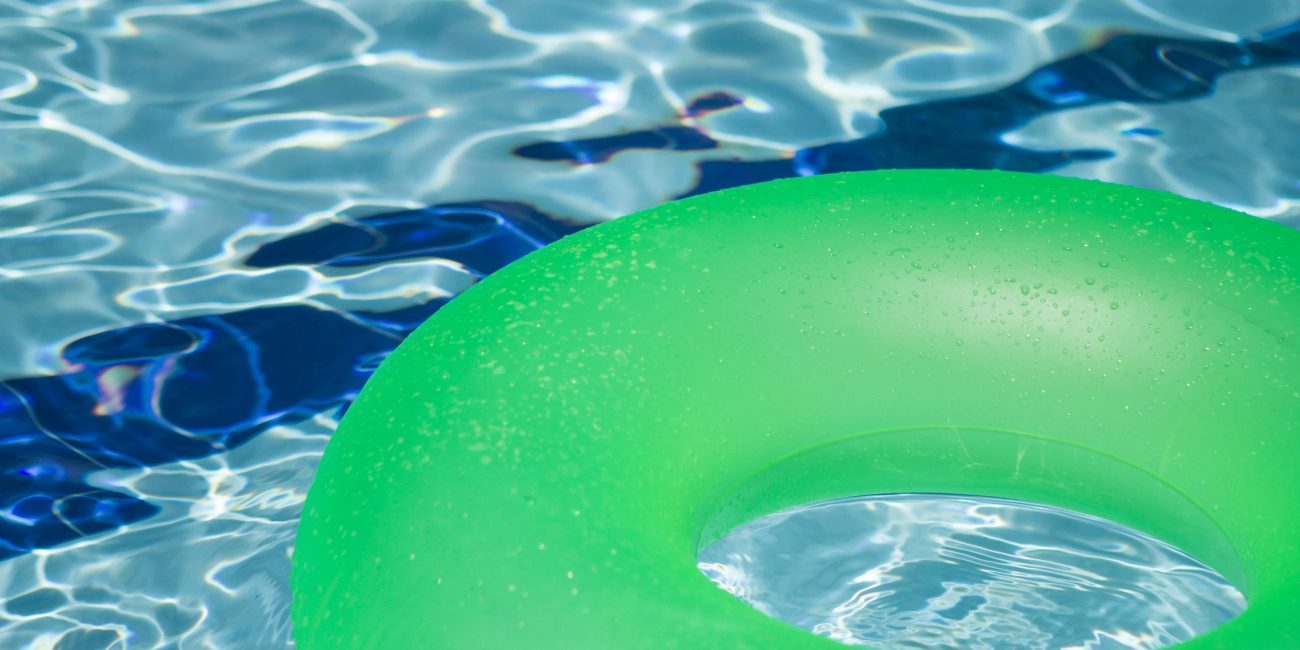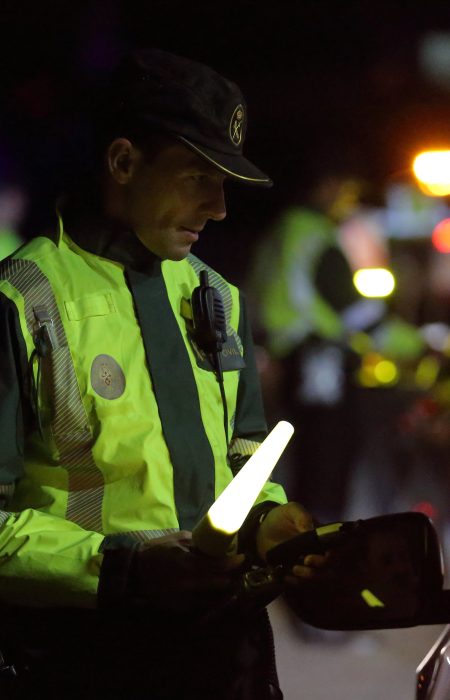A 21-year-old male passed away in Calpe due to drowning in a swimming pool, according to the Emergency Information and Coordination Centre (CICU).
The medical team of a SAMU unit was dispatched to the site and conducted cardiopulmonary resuscitation and other stabilisation techniques for a period of several minutes. Nevertheless, the young man’s death was verified at the scene, as he remained unresponsive.
The precise causes of the incident will be determined following the autopsy.
This death is another addition to the extensive list of drowning fatalities that occurs annually during the summer. Consequently, authorities emphasise the necessity of maintaining vigilance and preventing these types of incidents.
Preventing drowning
The Ministry of Health would like to remind all individuals that it is imperative to adhere to the instructions of lifeguards and respect the flags on the beaches in order to mitigate the risk of maritime incidents. It also recommends that swimmers with health issues, infants, and the elderly exercise extreme caution.
Other aquatic safety guidelines, as well as recommendations on how to prevent drowning and respond in an emergency, are available on the Emergency Medical Service website.
The following recommendations and advice are particularly noteworthy:
Among these recommendations and advice, the following stand out:
Avoid bathing alone. If something happens, someone will be able to help you and call 112.
Always comply with safety regulations.
Boys and girls should always bathe under the supervision of an adult.
The safety distance to prevent drowning in children is less than one metre, so it’s safest to accompany them into the bathroom.
Know how to swim.
Do not jump from rocks or other heights.
Go to the beach or pool during a lifeguarded schedule.
Do not bathe if you feel unwell.
Make sure the bathing area is deep.
Avoid sudden temperature changes; enter the water slowly.
For additional advice and suggestions, please consult the Emergency Medical Services website. In addition to drowning prevention, there are strategies for preventing and responding to other emergencies, including cardiac arrest, heat exhaustion, traffic accidents, and more. It is crucial to be well-informed about the appropriate course of action in order to respond to these situations.









No Comment! Be the first one.